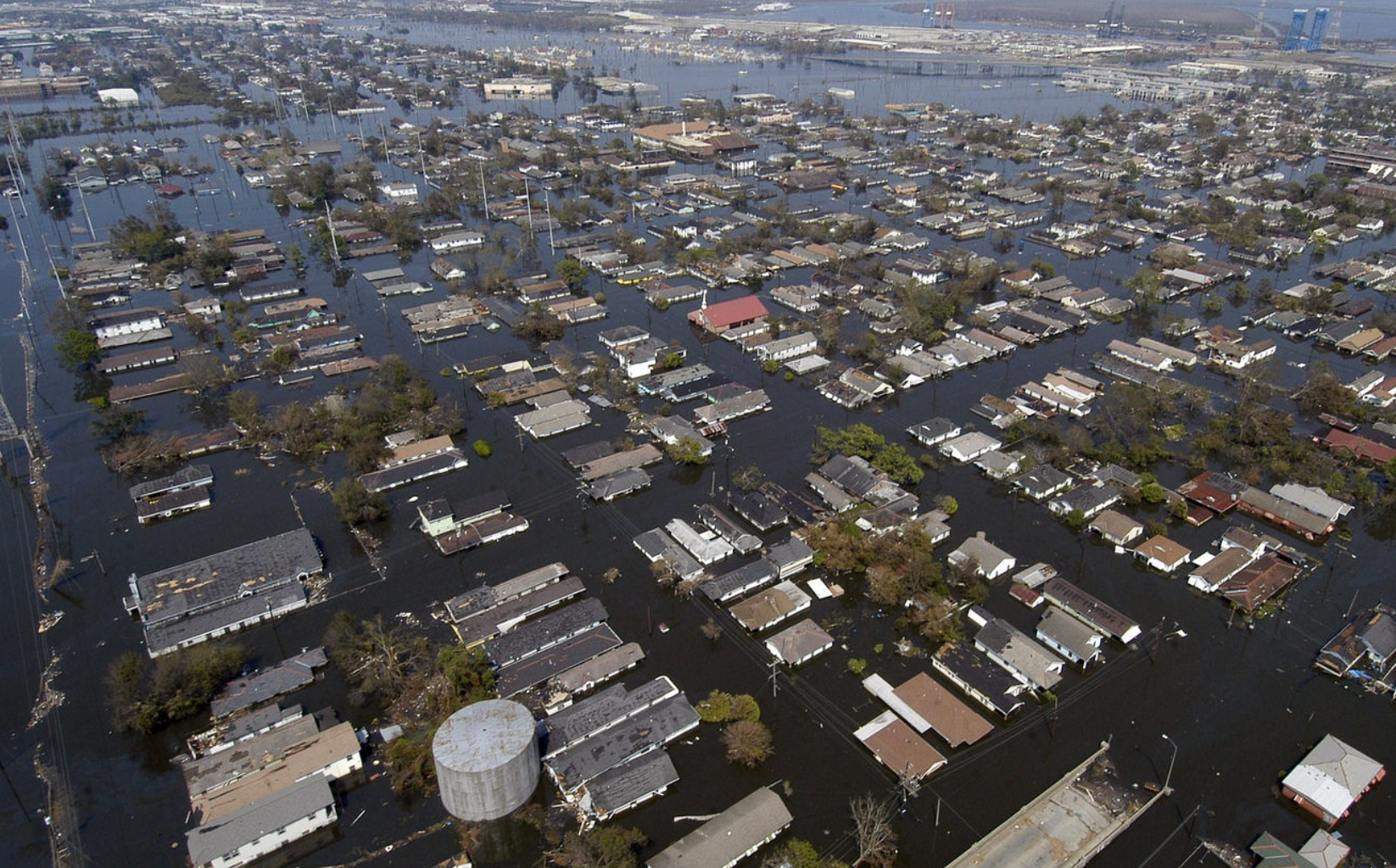Almost one year since Hurricane Harvey, and with a new hurricane season begun, the Houston area is beginning to see funding make its way to the city as it creates action plans and puts together a $2.5 billion county bond item headed to the ballot box on the storm's anniversary. And with every proposal comes the question: is the city building back what existed — its inadequacies and inequities revealed in the floodwaters — or is it building back better?
"As a region we've already really started a paradigm shift," said Christof Spieler, an engineer and urban planner with multiple hats around town, including as part of the Greater Houston Flood Mitigation Consortium. We've stopped thinking of bayous as channels of concrete and we've realized the importance of regulations outside the outdated floodplains but more is needed, he explained at a recent panel conversation convened by the consortium and the Kinder Institute for Urban Research. From the experts with experience from Copenhagen to New Orleans, a consensus emerged. In the same way Mayor Sylvester Turner talked about a paradigm shift for the region's transportation planning, so too does its flood management planning need a new orientation, one that recognizes flooding as a part of life and that prioritizes minimizing impacts to people and not just property.
Water as opportunity
"There's some fundamental problem in the psyche of a city that is wet but won't allow itself to be,” said David Waggonner, an architect in New Orleans. There, he said confronting the city's relationship to water after Hurricane Katrina meant shifting from a focus on paving, piping and pumping to retaining, storing and draining. Likewise, he said, "Houston needs to accept that with this water is plentitude and opportunity."
Houston is among those cities currently reconsidering its relationship to the waterways that characterize it. Through initiatives like Bayou Greenways, residents are invited to connect with the same bayous that fill with water during heavy rains. From Boston to Copenhagen, cities are using green space to build flood mitigation capacity as well as unique public attractions. "There are so many co-benefits that can be derived from them," said John Stewart Frey of the Ramboll Group and the Liveable Cities Lab.
Different by design
This sort of planning shift requires careful execution. First, it cannot replace short-term solutions. "It is deeply unfair," to try to substitute one for the other, said Shalini Vajjhala, who heads re:focus. "None of us would like it." Second, it should be done in coordination with existing communities and with equity in mind. Otherwise, argued Isabelle Michele Sophie Anguelovski, director of the Barcelona Lab for Urban Environmental Justice and Sustainability, it runs the risk of operating as "green gentrification." And third, investments should consider the unequal landscape of current investments. The bayous, for example, have vastly different levels of historical investment with projects designed to meet differing flood events. Strategies like buyouts work very different for gentrifying communities, for example, where a homeowner may want to reduce the risk but find themselves priced out of staying in their neighborhood.
"Who will ultimately benefit from the reconstruction of Houston?" asked Anguelovski.
Reframing relationships
Resiliency, then, is about reframing a range of relationships. Municipalities have to plan with not just for communities, the experts agreed. Water should be viewed as an asset. Mitigation is really about maintenance and should be part of every department's day-to-day operations. This also means rethinking the current approach to paying for resiliency.
From her time working with the Environmental Protection Agency, Vajjhala said successful resilience planning isn't often rewarded because mitigation often means cost-savings. The first year, she said, you're applauded. The second year, your budget is cut, "because clearly you didn't need it," and the third year, "your job goes away."
Instead of crafting proposed projects and then searching for money, Vajjhala said planners should start by figuring out who would benefit from improved flood mitigation. In Brazil, for example, working in the hillside favelas prone to mudslides after a heavy rain, she said simply renaming the water management systems as landslide management meant that the department that was losing the most money because of poor infrastructure could tackle the problem from its own budget. She also suggested looking for opportunities to expand the beneficiaries of a project to get more stakeholders to help pay for it. Rebuilding streets? Put in pipe to lease out for broadband. Need more detention capacity? Build an underground paid parking garage that adds 40 million gallons of flood storage and "during the dry days," it pays for itself.
Despite the wealth of relevant experience, the experts agreed; Houston is in a bit of a unique position. "I don’t think you're really going to find anything that compare in terms of scale with what the city is trying to do," said Frey. But here too, there is opportunity. "You're blessed with space," he said, "you should really value that as a resource."

